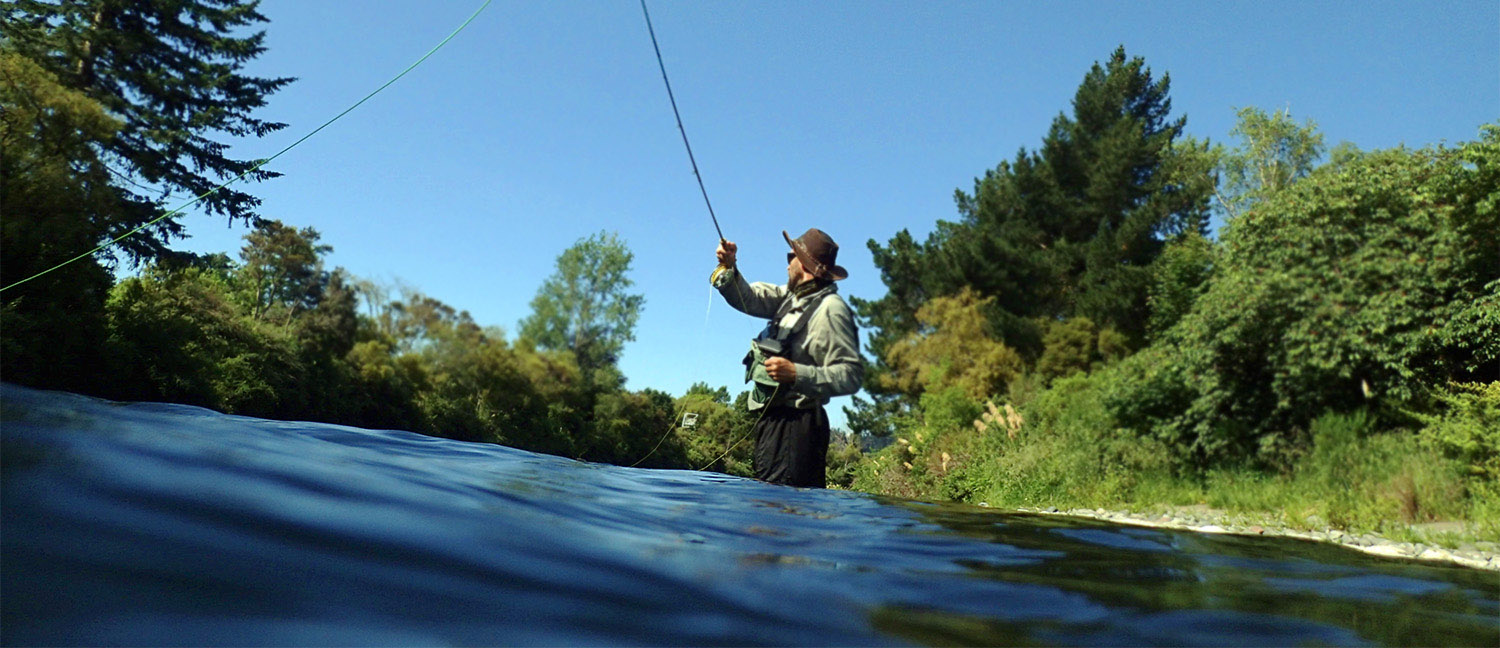Although there are many types of Spey casting, they all use water tension to load a rod and are completed with a roll cast. Spey casts can be broadly divided into two categories:
Touch and Go, and
Sustained Anchor or Water Loaded Spey casts
Touch and Go casts rely on the fly, and perhaps part of the sink tip, to briefly touch the surface of the water, creating a momentary line stick to load the rod. Touch and go casts include the single spey, snake roll or spiral spey, and underhand Scandinavian casts.
Sustained Anchor or Water loaded Spey casts rely on tension created by peeling the fly line off the surface water and the weight of the submerged fly and sink tip loading the rod. Water loaded casts include: the double Spey, Perry Poke, snap-T and circle Spey.
Differences between these casts centre around the methods used to position the fly and fly line, to achieve the rod load and direction required for the roll cast.
Single Hand Skagit - Science behind the magic |
|
| + | Where it all began |
| + | Head design |
| + | Sink tips |
| + | Casting heavy sink tips |
| + | Running lines |
| + | Reels |
| + | Rods |
| + | Intermediate heads |
| + | Favourite outfits |
| + | Conclusions |
Single hand Trout Spey : Getting started with a 9 ft 5wt rod |
|
| + | Getting started |
| + | Rods and Skagit heads |
| + | Sink tips for Skagit heads |
| + | Tippet for Skagit heads |
| + | |
| + | Hybrid heads |
| + | Floating tips for Skagit heads |
| + | Running lines |
| + | Cost effective approach |
| + | Learning to Spey cast |
| + | A final word |
